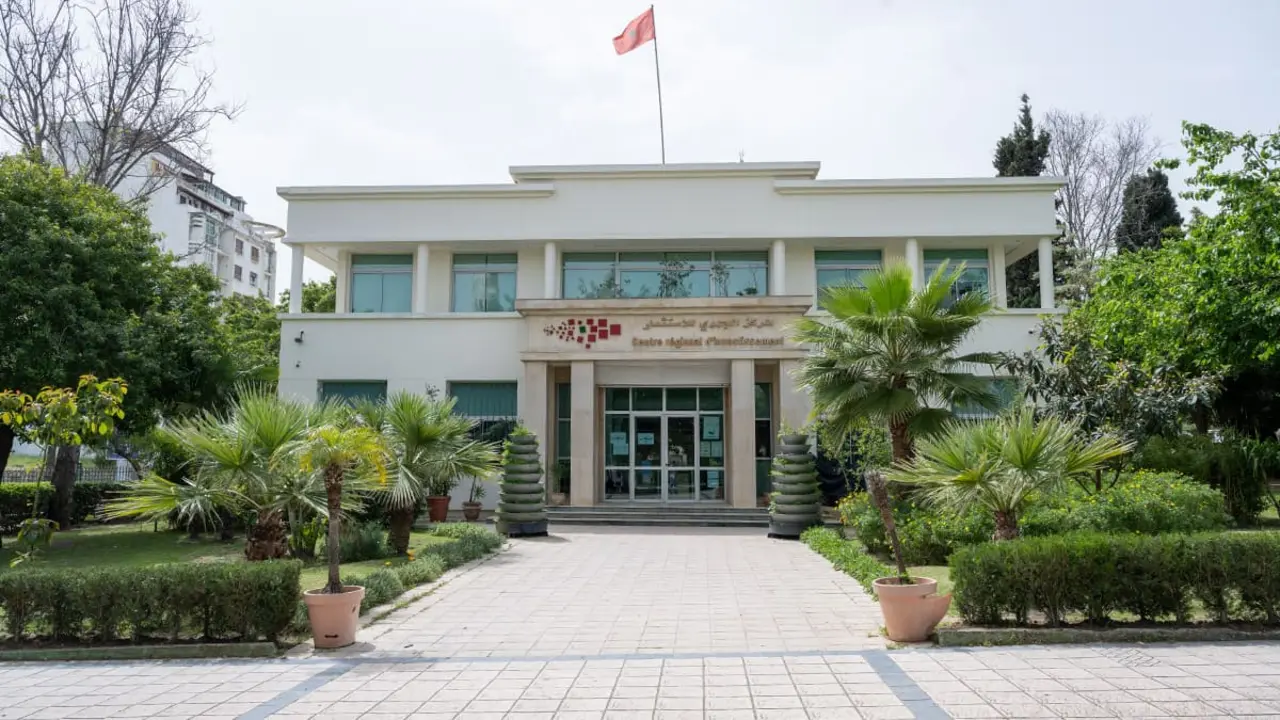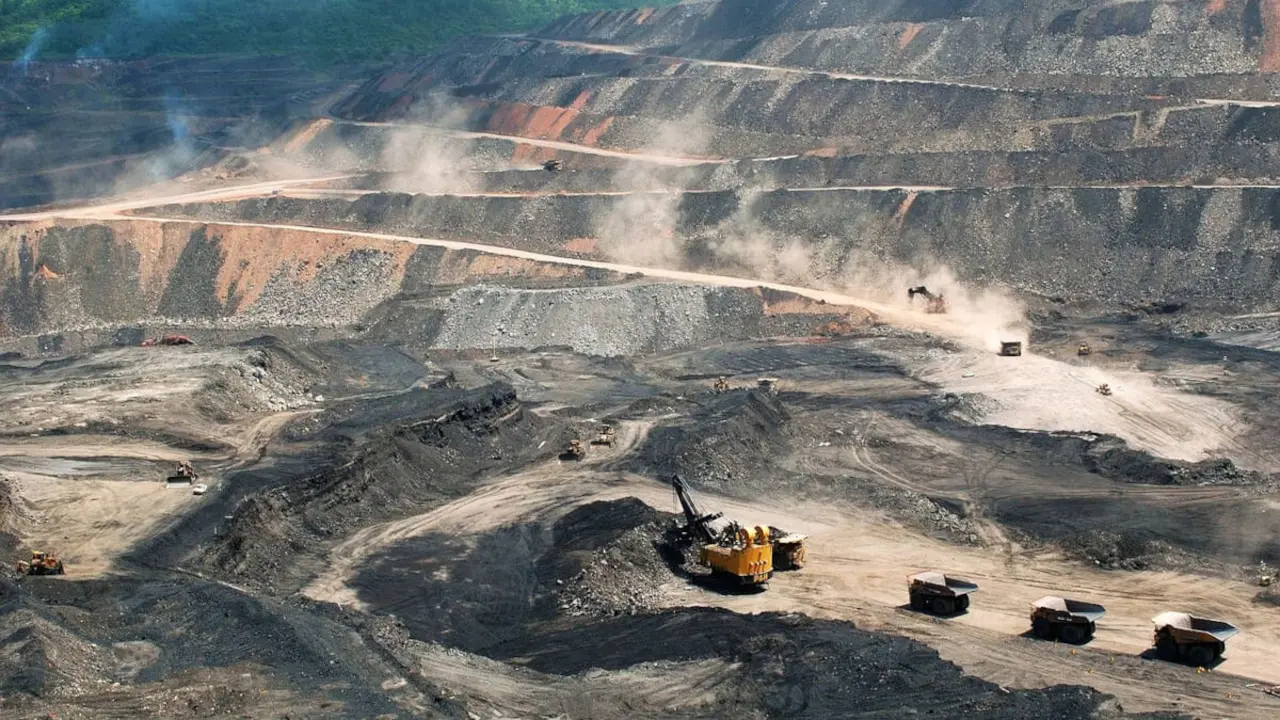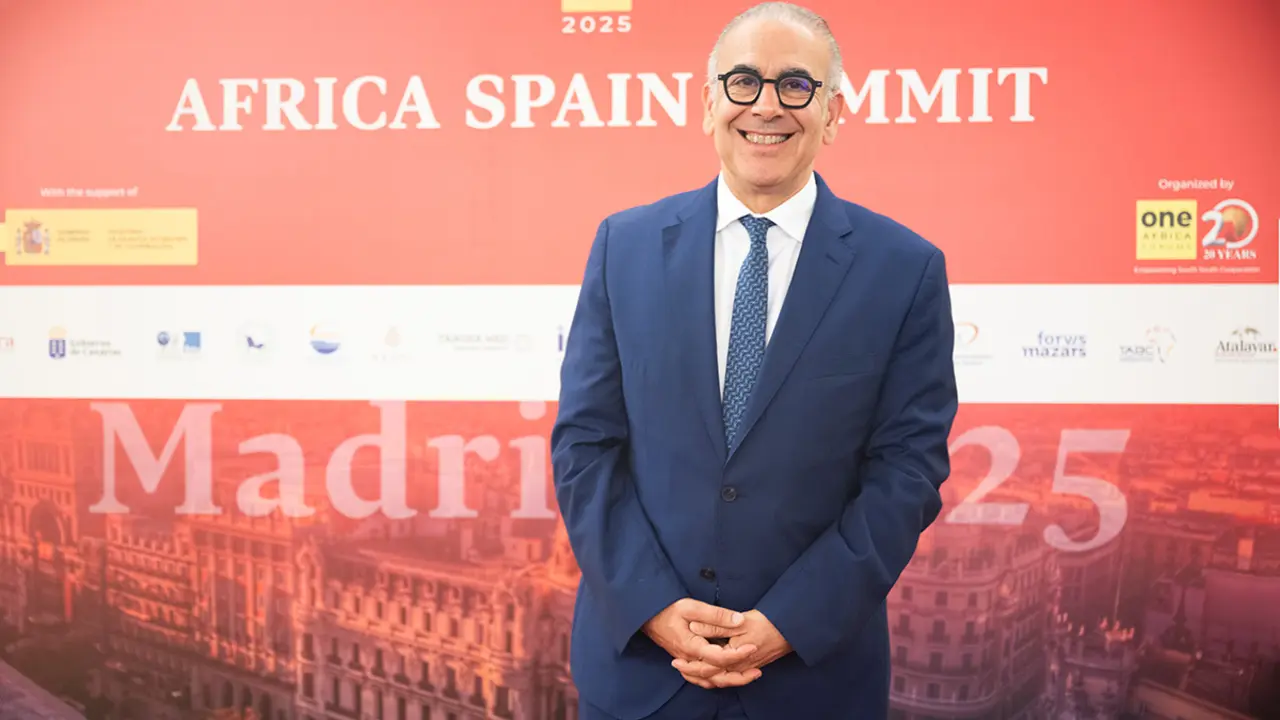Can the global energy transition boost Africa’s COVID-19 recovery?

COVID-19 and the resulting fall in oil prices and demand has helped to accelerate a global shift towards renewable energy. While a number of sub-Saharan African countries continue to rely heavily on fossil fuels, the region is expected to benefit from the growing market for minerals central to this shift.
The move towards renewable energy technologies is likely to result in a significant drop in global demand for hydrocarbon fuels like coal, oil and gas.
In a sign of the impact that the pandemic could have on the energy market, the “World Energy Outlook 2020” report – released by the Paris-based International Energy Agency (IEA) in October – estimated that global energy investment fell by 18.3% last year. While investment in oil, coal and gas was projected to have fallen by 8.5%, 6.7% and 3.3%, respectively, investment in renewable projects was expected to increase by 0.9%.
Looking forward, the report also included a projection model stating that renewables could meet 80% of all energy demand growth over the next decade, largely at the expense of coal and oil.

Given that hydrocarbons accounted for 48.5% of sub-Saharan Africa’s exports between 1995 and 2018, the transition could have a significant impact on the region.
The extraction industries account for around 50% of GDP and 89% of exports in Angola, while in Nigeria, the continent’s largest oil and gas producer, the sector makes up an estimated 86% of exports and generates $64.8bn in revenue annually.
Minerals hold the key
While the shift is likely to create some short- to medium-term challenges for sub-Saharan African countries, the transition to renewables is also expected to provide opportunities for the expansion of mining.
Indeed, given the abundance of minerals in the region, sub-Saharan Africa is in a unique position to benefit from this expected explosion in demand.
Cobalt is one of the minerals key to this transition. Aside from being used in medical imaging, cancer radiotherapy and the sterilisation of medical equipment, cobalt is a key input in the rechargeable batteries of laptops and smartphones.
It is also a component in the lithium ion batteries that power electric vehicles and store energy from solar, wind and other renewable sources.

Closely linked to the growth in battery production, cobalt demand is set to grow by 60% by 2025, according to research from McKinsey. Given that an estimated 60-70% of the world’s cobalt supplies are located in the Democratic Republic of the Congo (DRC), the country stands to benefit from this development.
Indeed, in January last year the government created Entreprise Générale du Cobalt, a state-owned company designed to purchase all artisanal mining operations in the country, in an effort to improve efficiency in the often informal non-industrial mines.

Elsewhere, Zambia, South Africa and Morocco have significant cobalt reserves.
Lithium, nickel and copper are also key components in the production of electric vehicle and renewable energy batteries. Similarly to cobalt, there are major reserves of the minerals across Africa.
Prior to the pandemic, Zimbabwe was the fifth-largest producer of lithium in the world and had the sixth-largest reserves of the mineral, with an estimated 220,000 tonnes.
In terms of Nickel, Zimbabwe is the second-largest exporter, accounting for 16% of the world’s exports, while Côte d’Ivoire comes in ninth with 2.6%.
Meanwhile, with regard to copper, which is a highly efficient conduit used in solar, wind, hydro and thermal energy systems, the DRC is the world’s fourth-highest producer, behind Chile, Peru and China.

Offsetting the expected fall in oil and gas demand will be key to the long-term economic recovery of a number of African countries, many of which were badly affected by the fallout of COVID-19.
According to estimates released by the IMF in January, the regional sub-Saharan economy was expected to have contracted by 2.6% last year, with the two largest economies – Nigeria and South Africa – shrinking by 3.2% and 7.5%, respectively.
Although the region’s fall was less severe than the global contraction of 3.5%, the recovery is also expected to be significantly slower than in other parts of the world. The IMF has forecast global growth of 5.5% and 4.2% this year and next, with the figures in sub-Saharan Africa being just 1.5% and 2.5%.
In light of this, the development or expansion of emerging industries such as mining could be key to the post-coronavirus rebound as governments look for new growth drivers.
While hydrocarbons have historically made up around half of sub-Saharan Africa’s exports, compared to an estimated 23% for mineral energy materials (MEMs), there has been a shift in this dynamic in recent times that potentially bodes well for the future.
After increasing rapidly over the late 1990s and 2000s, hydrocarbon earnings have almost halved since 2014, while the value of MEMs has continued to grow steadily, rising seven-fold since 1995.
Coupled with an increase in investment, the growing demand for MEMs could ensure that sub-Saharan Africa is a major beneficiary of the energy transition.








